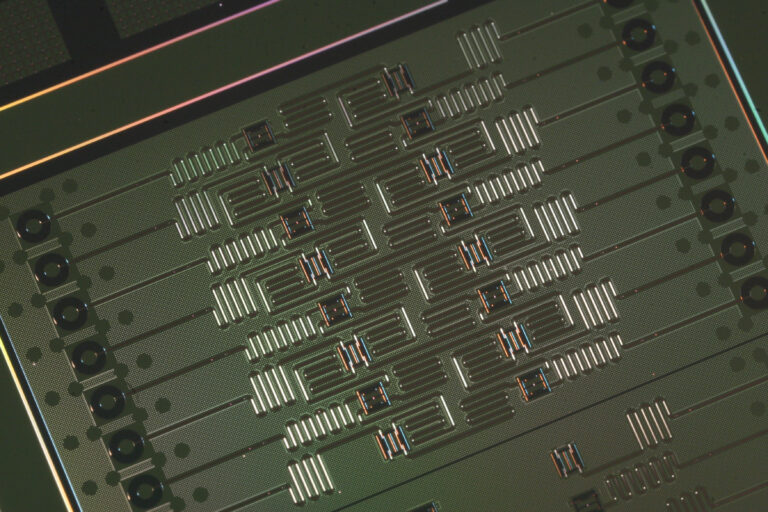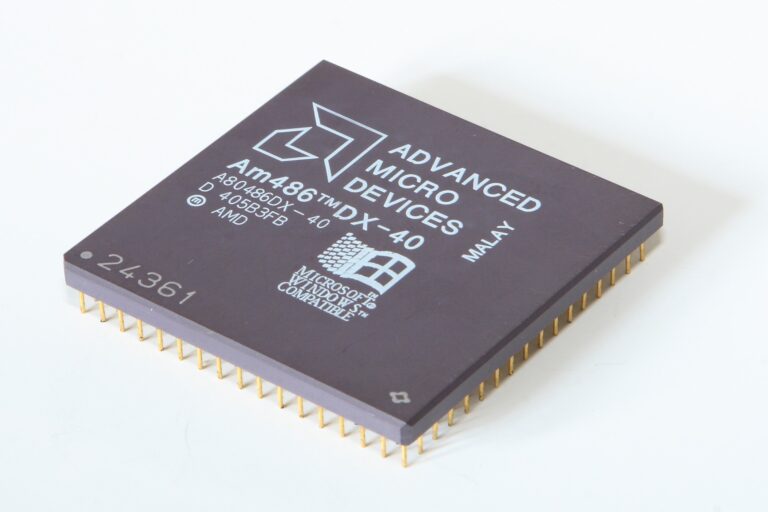
Intel NFV, an SD-WAN Cook-Off, and a Missing Control Plane in Gestalt Networking News 17.6
On this iteration of the Gestalt IT Networking News:
– Discussing Intel and NFV on our new podcast, the On-Premise IT Roundtable
– TELoIP tries to shake up the same old SD-WAN recipe
– An in-depth look at TCP terminator
Plus looks a VMware NSX, the future of SDN, and trying to find out who moved Jordan Martin’s Control Plane!










